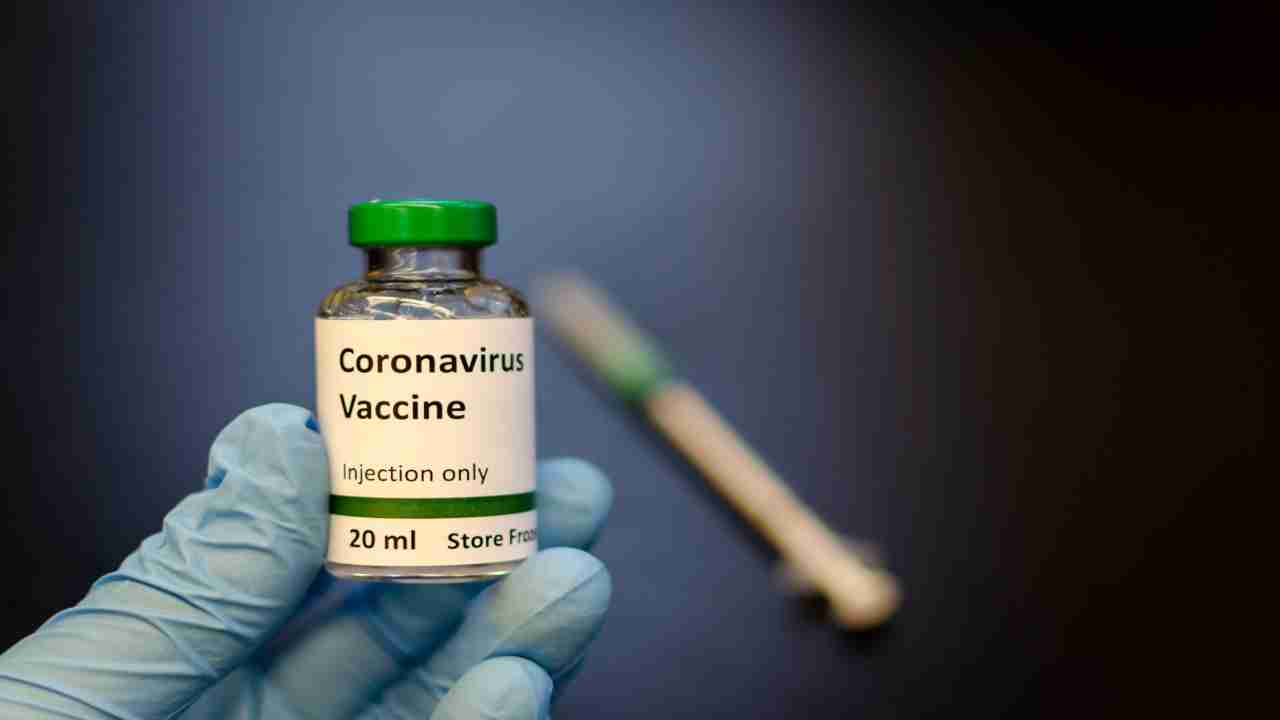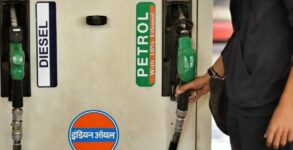Even as anti-Covid vaccine availability eases, states such as Uttar Pradesh, Delhi and Tamil Nadu are expected to face shortages.
As per a research report by Emkay Global Financial Services, Uttar Pradesh and Delhi’s current vaccine share is way lower than demand.
The Economists at Emkay constructed a weighted optimal share measure of vaccine allocation to suggests that states like Uttar Pradesh, Delhi and Tamil Nadu are receiving a much lower current share than they need, whereas Rajasthan, Gujarat and Maharashtra are receiving relatively more, given the overall supply in the country.
“Currently, there is large dispersion in vaccine administration across states and even within states, between the urban and rural districts as well. While vaccine supply concerns may ease by July, we still will have a long way to go,” Emkay’s Lead Economist Madhavi Arora said.
Besides, the report cited that fiscal burden of vaccination would vary between states as per their population and distribution skewness toward the sub-45 age group.
The study’s assessment of vaccination cost shows that states like UP, MP and Chhattisgarh lead the pack on bearing the highest cost of vaccination as a percentage of their states’output.
Furthermore, the report pointed out that stepping up the vaccination drive is the cheapest as well as the most viable policy path to economic normalisation.
Accordingly, the report cited that this policy path was the best suited one given the strong positive externalities.
“The overall estimated welfare cost of vaccinating universal population would be around 0.7 per cent of GDP, assuming no wastage and optimal distribution,” Arora said.
“This is much lower than the current 0.9-1.1 per cent loss of monthly Output amid existing soft local lockdowns, clearly implying a successful vaccine strategy is the cheapest optimal policy path to economic normalisation.”
According to the report, there exists an average monthly supply gap of 170 million jabs to cover universal population by CY21-end .
“The vaccination drive is skewed state-wise and has overall slowed substantially, with current ‘7 dma rate of 1.9mn shots, 50 per cent below the peak of 3.7mn’ in March 21.”
“The supply gap is significant and can only be resolved by production ramp-up. Even after assuming enhanced supply from July 21 and November 21, as per Emkay calculations, there will still be a supply gap of 170mn jabs per month on an average for covering universal population by end of this calendar year.”
Source: IANS
















